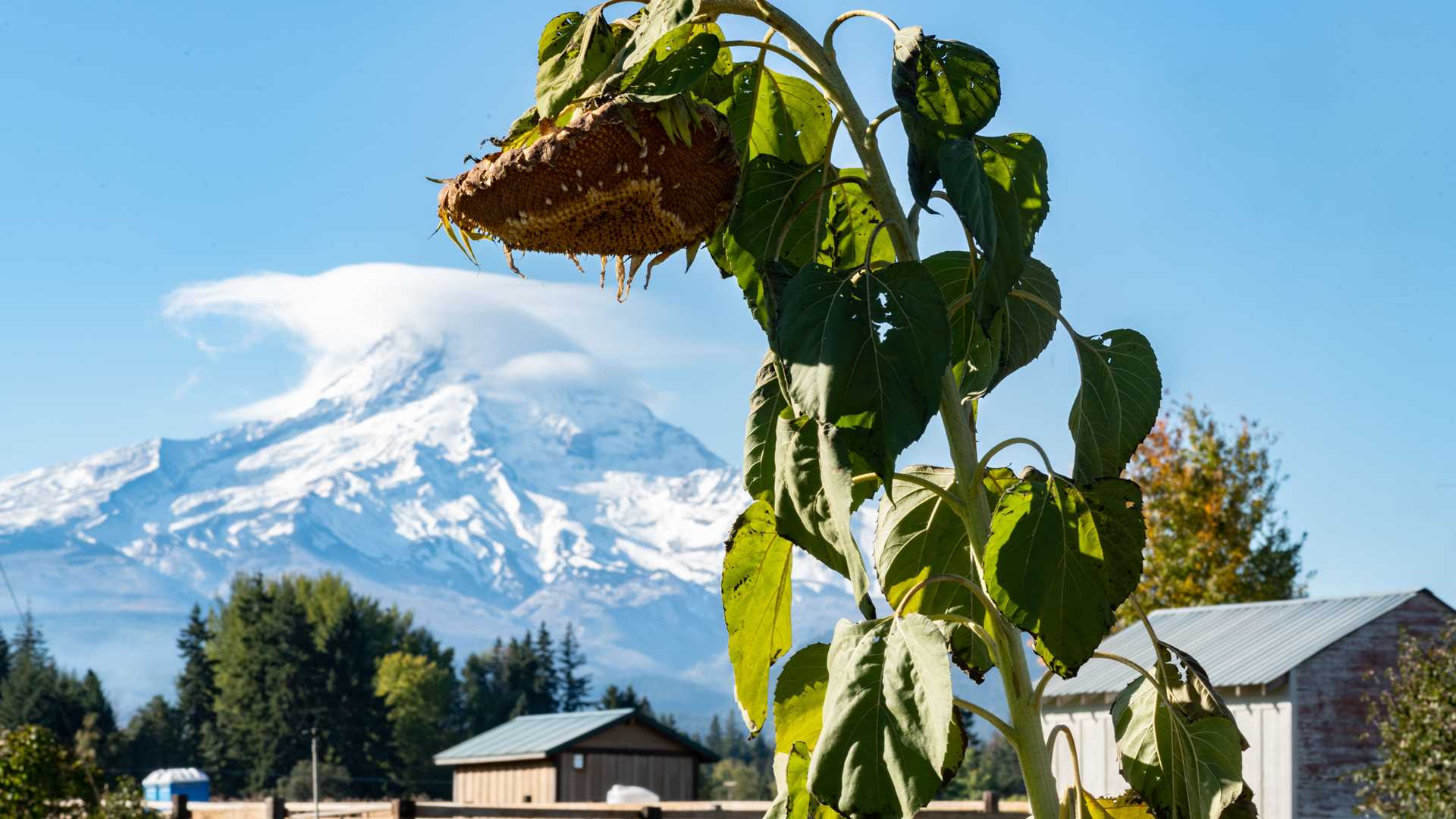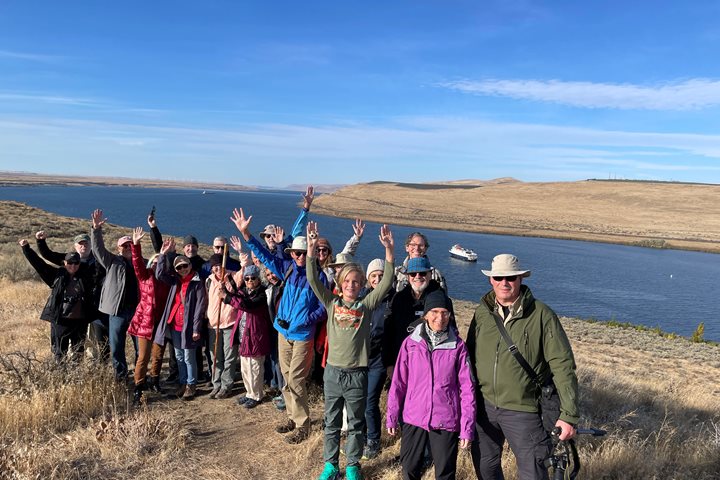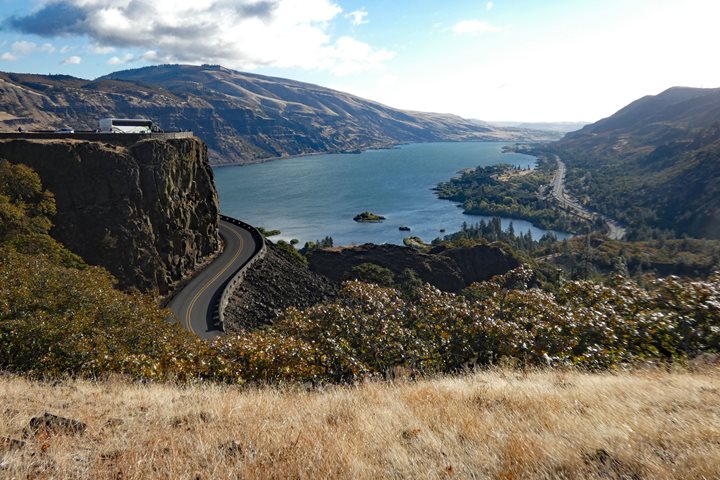An American goldfinch, no longer sporting the bright yellow and black of summer, lights atop a similarly muted brown, bowed head of a giant sunflower, hops forward, grasps a pale, crisping petal, and hangs upside-down to pluck a ripe seed. Behind him, a tiny chickadee announces its arrival––chickadee-dee-dee––and lands on a smaller flower head, pulls a seed and escapes to a nearby tree where she tucks it in a narrow furrow in the bark and chisels through the hull.
Out of sight to my sanctuary in the browning flower garden, a half-dozen miniature goats bleat loudly, followed by the joyous laughter of as many women. In the barn, guests tip tiny plastic sample cups of cider and discuss the finer differences of this apple, that pear, and such and such berry blend.
On the margins, honey bees, sacs filled with sweet, yellow pollen, focus their final frenzy of the season on clusters of little purple asters.
The trails connecting all this activity are lined by pumpkins waiting for purchase and transformation into pies, hearth decor, or Halloween jack-o-lanterns.
I feel as if I am in the middle of a James Taylor song, “The frost is on the pumpkin, the hay is in the barn…” but I am, in fact at the Draper Sisters Farm in the Hood River Valley in Oregon, where autumn is in full swing; the season evidenced by a chill in the air, produce in the stands, and turning trees––yellow big leaf maples, red vine maples, and scarlet dogwoods.
The refreshing fall feeling of the farm is still with us as we sweat our way a mile up a narrow, at times muddy trail, our labors rewarded by dramatic waterfalls and racing hearts. Walking back to the waiting coach, we stop to examine a five-inch banana slug meandering with an enviable lack of hurry–– “and the walking man walks on by…”







